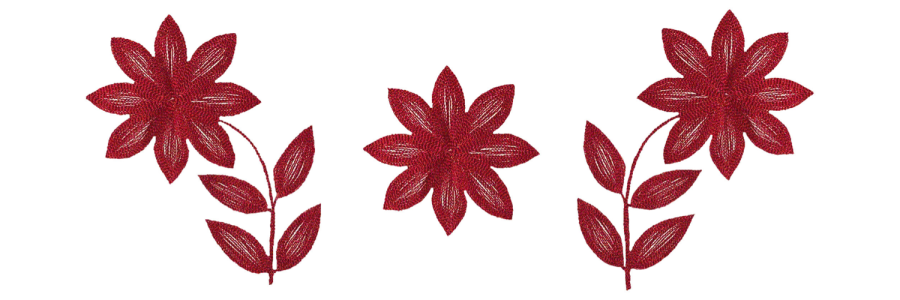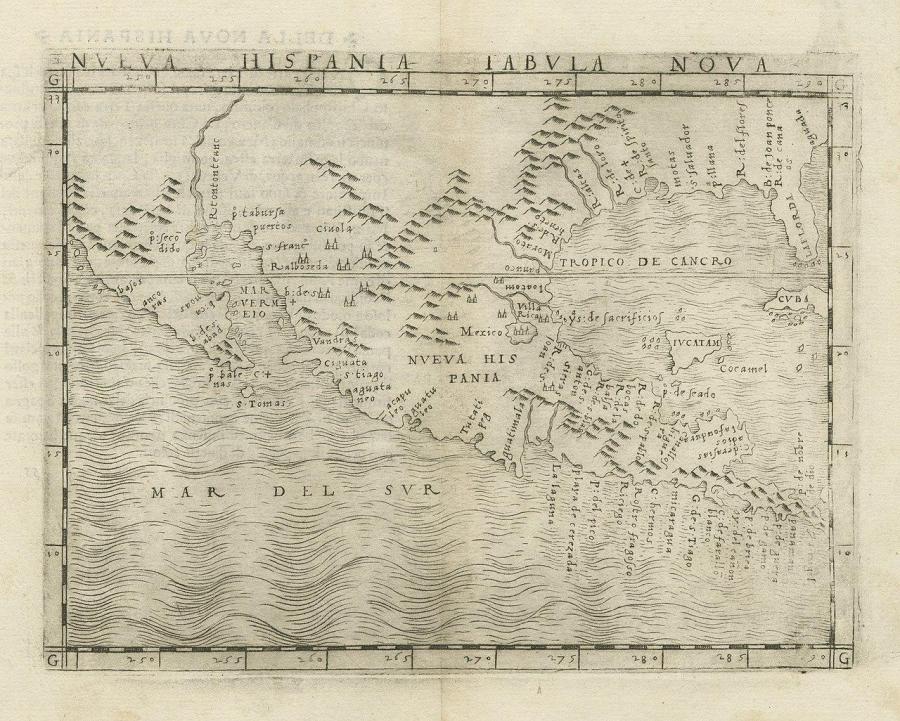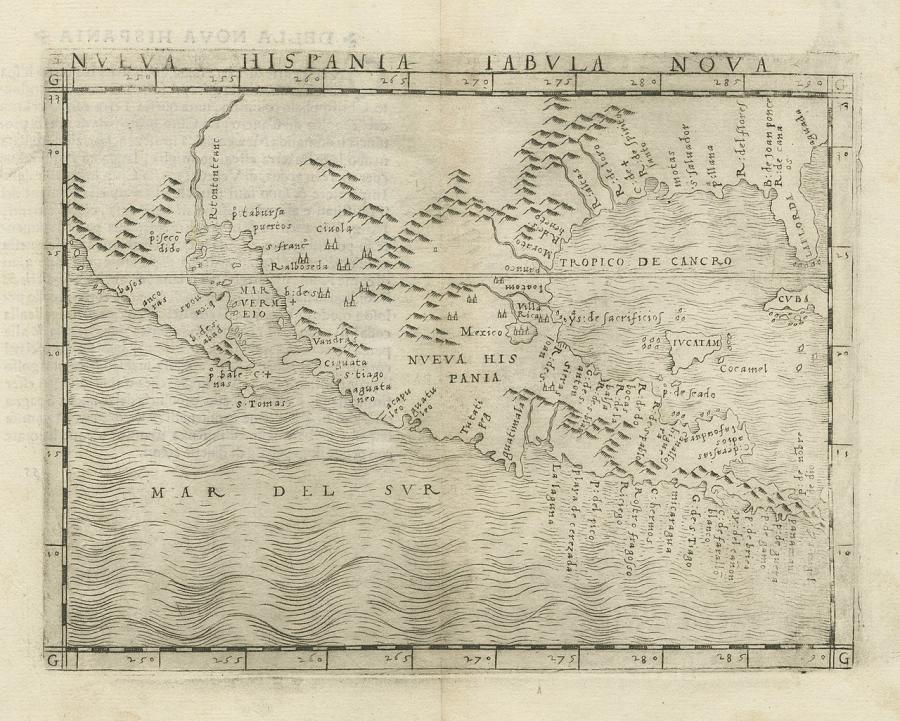The smell of the cempaxuchitl (marigold) flower can be confused with the smell of chocolate that my mother makes at this time of year for breakfast and as an offering to the dead. In my community, the Day of the Dead celebrations begin on October 31 each year. When I was a child, my mother, my father, and my four brothers got up at five in the morning to make the fire, while I, still lying in a corner of my wooden house, listened to the noises that came from outside. My whole family worked together to make the fire where the water was heated to cook the pig that was offered to our ancestors.
I remember a special occasion when my mother entered the place where I was lying and went to the altar that we had previously adorned with an arch of cempaxúchitl flowers. I had helped my dad prepare the altar with bunches of oranges, tangerines, and bananas. My dad had hung two new ixtle bags on both ends of the arch, and my mom had lined the table with a new blue nylon sheet, placing two large bouquets of cempaxúchitl flowers in yellow and red plastic cups.
When my mother entered the room, I saw that the candle was already lit, and while going to the center of the house she had lowered a basket that was hanging on a nail and had put bread, nuts, peanuts, and bananas in it. She then went to a wooden box that was in the other corner of the house. I noticed she took out a napkin from the box that she had embroidered by hand. While she made her way back to the altar, she placed the napkin over the basket, took two cempaxuchitl flowers and defoliated them on the napkin to decorate the basket, and then left the house.
A few minutes later, I heard the knock on the door of the living room where I was lying and saw my mother come in again, now with two white porcelain cups with small pink flowers in the center. These cups contained chocolate atole. The sweet smell of chocolate that permeated the whole room was gone. I saw my mother delicately place her two cups of chocolate on the altar full of yellow cempaxuchitl flowers. She then went to the breadbox, took out two pieces, and placed them on the side of the two cups of chocolate, which were steaming, because the atole was freshly cooked.
My mom turned to where I was, and said, "The chocolate is ready." She knew I loved her chocolate atole, and although I've never known how she prepares it, I still only like the chocolate atole she makes. I got up, put my shoes on and left the house. As I opened the door, the fresh morning air hit my face. I went to my mom in the kitchen and there she poured me a cup of atole. I ate a whole piece of bread because there was plenty more for the celebrations. We couldn't run out of bread, so we usually bought a large box of it.
When I finished breakfast, I took a bucket and went to the water well that is approximately half a kilometer from my house. The morning felt cool, not cold. I got to the water well with my bucket in hand, surrounded by trees and diverse vegetation. As I heard the chirping of the birds, I filled my bucket with water and prepared to return home. I did this on three occasions; on that special day it was necessary to bring a lot of water home since the day's work would require a lot of it.
In the afternoon, before it got dark, my mom sent my younger brother and me to put oil in the lamp that was used to light our home. There was no electric light in my community at the time, and my dad had fashioned a bottle with a thread wick so that he could light up our home. My brother and I didn't like to get oil on our hands, so we looked for a pale pink bell flower to serve as a funnel so we could fill the oil bottle without getting our hands dirty.
We took the lamp to the kitchen and found my mom busy with preparations to start making the tamales. The kitchen was full of corn husks and banana leaves to make tamales. Together we ground the nixtamal so that my mom could prepare the first tamales dedicated to our dead.
The fresh air rolled in as the dark night set in, so dark that you couldn't see more than a meter. The only thing that illuminated the night were the hundreds of fireflies that lit their lights all over the field. My brother and I were sent to sleep, because they said that the tamales were still a long way from being ready to eat.
The next day, the first of November, my mother told us that the little angels would visit us; that is, all the children who have died. I have two younger sisters who died at one and two years of age, respectively, so my mother makes sure to have warm food at the altar on the first of November before 12:00 p.m. She would prepare tamales, boiled pumpkin, sweet potato, prepared corn, and strawberry or vanilla atole.
My little brother and I were asked to defoliate cempaxúchitl flowers, which we placed in a basket. With about 15 minutes until 12:00 p.m., we were asked to make a small path with the flowers, which went from the entrance of the house to the altar. Our path was very beautiful, and when we reached the altar we formed a cross with the same petals of cempaxuchitl as my mother taught us.
My dad went for some corn, and there he placed six candles, one for each little angel. He grabbed a chair to sit next to the candles, to take care of them and wait for the visit, as they call it. My mom ran for a glass and filled it with water, because she realized she had forgotten to place it on the altar before 12:00 p.m. She told me that anything could be missing except the water.
My mom and my dad each took their orange wooden chair with ixtle seats while they tended their candles. They talked to each other about everyday things, like that my mother's comadre had come and told her that her godson was sick and that they should go to visit him, because it was their commitment to look after the child, since he is their godson.
The next day, on November 2, before 12:00 p.m., my mom replaced all the food that was at the altar. She asked us to eat what had been placed there and told us that if anyone came to visit us, we should share with them. During those days, if we went to another house of a neighbor or relative, we had to share our food, take what we prepared at home. The neighbors or relatives shared their food with us, too. These celebrations are to share with family.
On November 2 at 12:00 p.m., my mom had the altar prepared and was ready with my dad to say goodbye to the little angels who came to visit us and to prepare to receive the visit of our family’s deceased adults. My dad went for some more corn and had to bring a bucket because he had more candles to light. They did the same as the day before, sitting in a chair and talking to each other. We could go in and sit too, but we couldn't play, because according to my mom we were supposed to behave in the presence of visitors. On this day, my mom made more tamales with corn leaf and papatla or banana. Just like the day before, she prepared atole, boiled pumpkin, sweet potatoes, and chayotes, and my brothers and I played with fireworks all day.
November 3 starts very early. My mom would get up early to clean and we all helped clean the house. She prepared chocolate atole, and her comadres, compadres, goddaughters, and godchildren began to arrive with baskets and backpacks of food. They brought food from their homes to share with us, and in turn my mother filled their baskets and backpacks with food we cooked.
After noon, the people from the community would go to the graveyard, bringing food, candles, music, cempaxuchitl flowers, and fireworks, to visit the graves of their dead. We all live together and share the food equally there. The graveyard is far away, an hour by foot, so some would walk and others would go on horseback. We walked along a winding path; to get there, you needed to climb the mountain, as the graveyard is located at the top of the mountain. On the way there were several streams, springs, and plots where the people from the community grow milpa or beans.
All these scents, images, and experiences are a part of me and help me commemorate the Day of the Day every year.
--Rosenda Maldonado Godinez (Otomi) is originally from the municipality of Huayacocotla, Veracruz, Mexico. She holds a law degree and has experience in the defense and promotion of human rights, and specializes in Indigenous women's rights, combatting gender violence, access to justice, land rights, and political participation. She is the current President of the Xochitépetl A.C. Human Rights Group. She has served as coordinator of the National Network of Indigenous Women: Weaving rights for Mother Earth and Territory (RENAMITT), she has also been part of the Technical Secretariat of the National Political Assembly of Indigenous Women (ANPMI) and was part of the Advisory Group of the Civil Society for the Mexico Generation Equality Forum.



